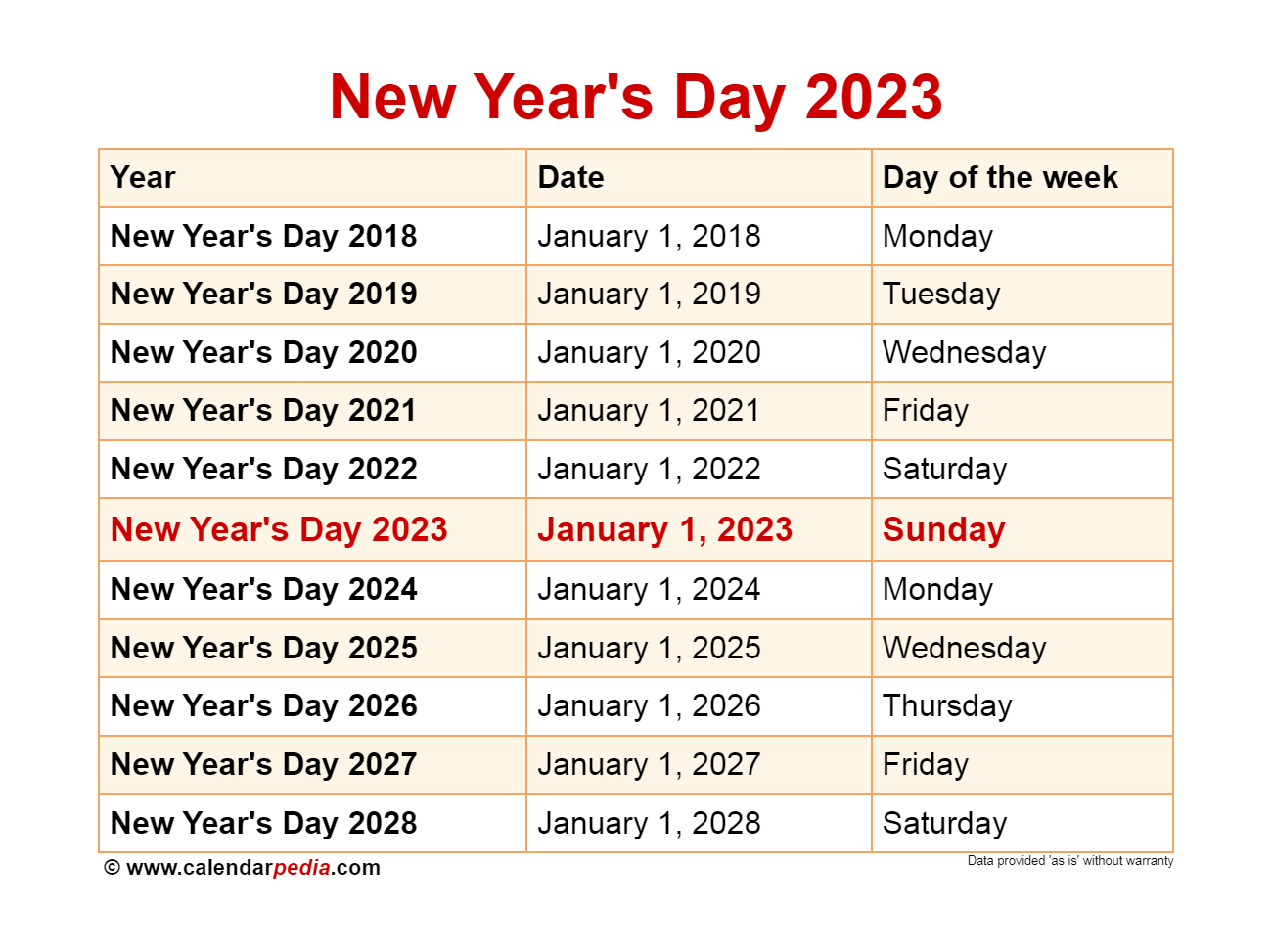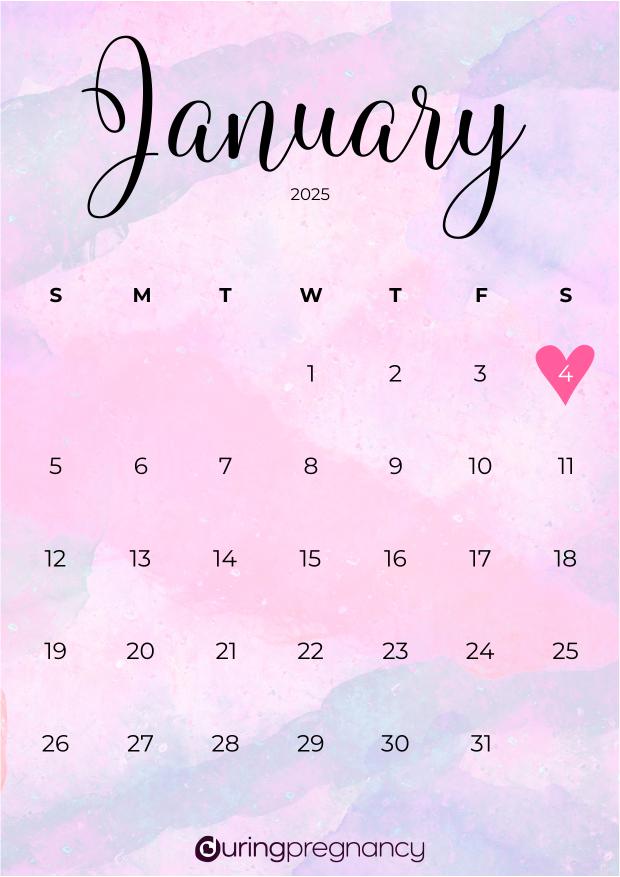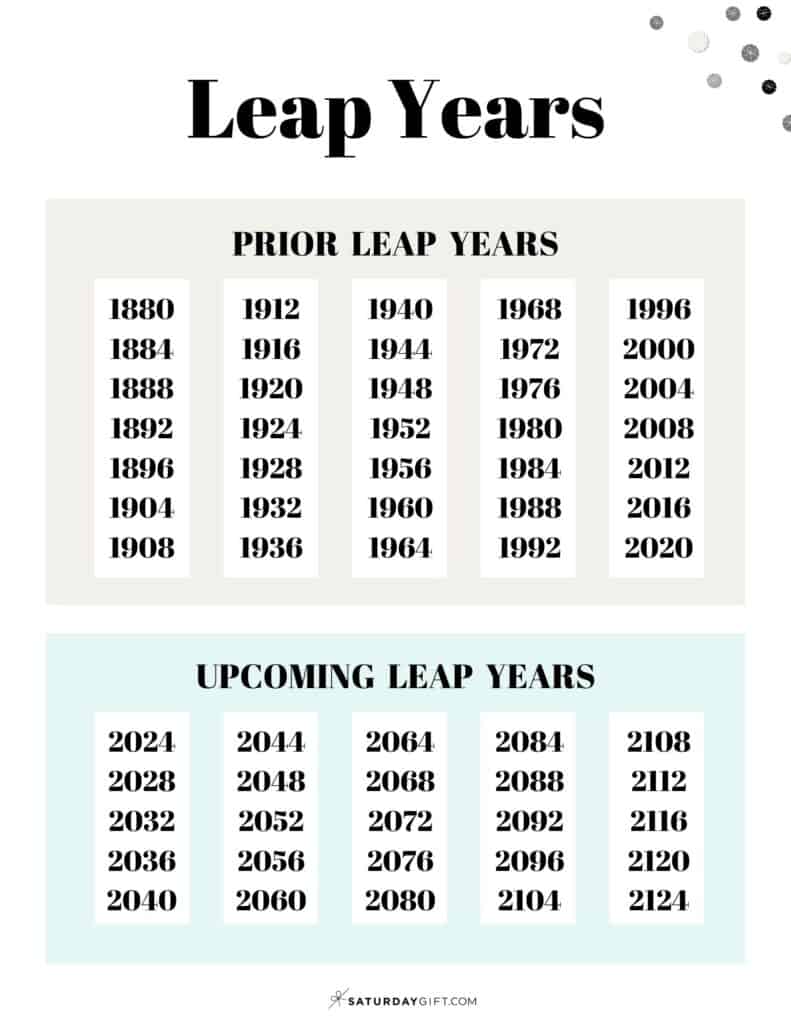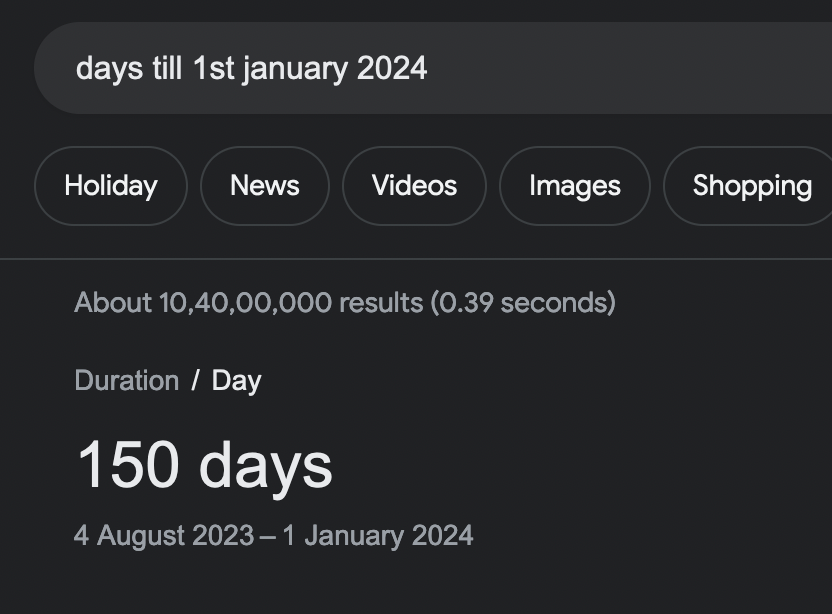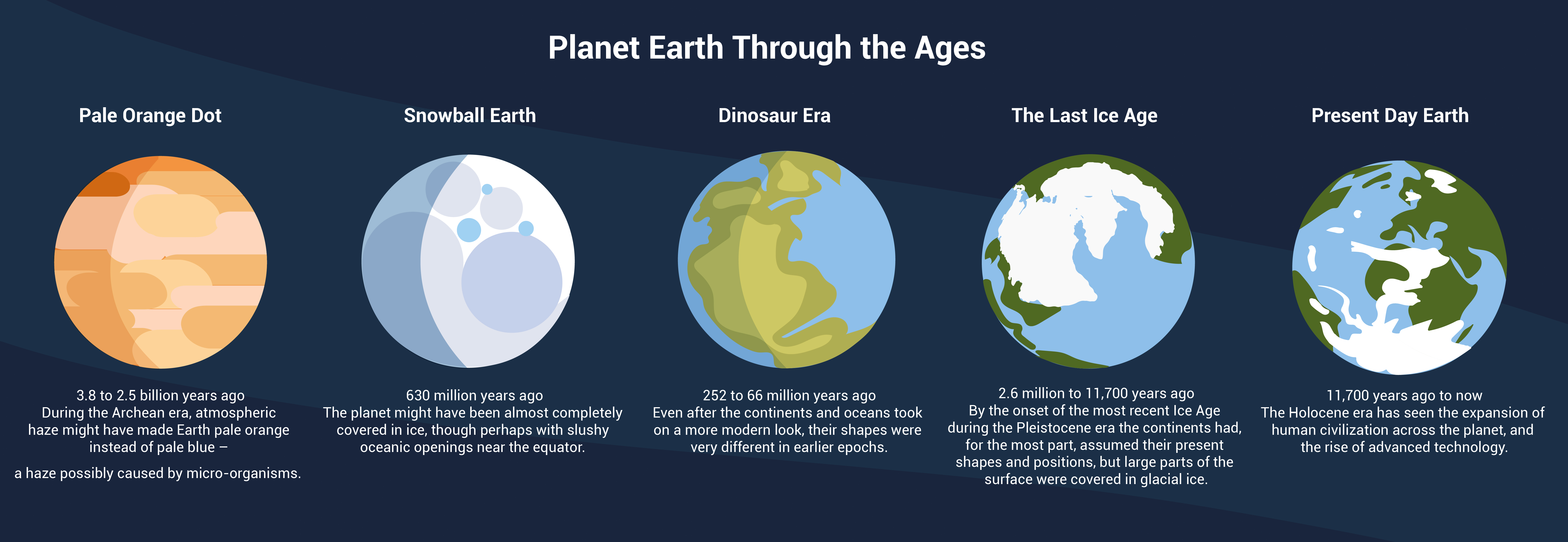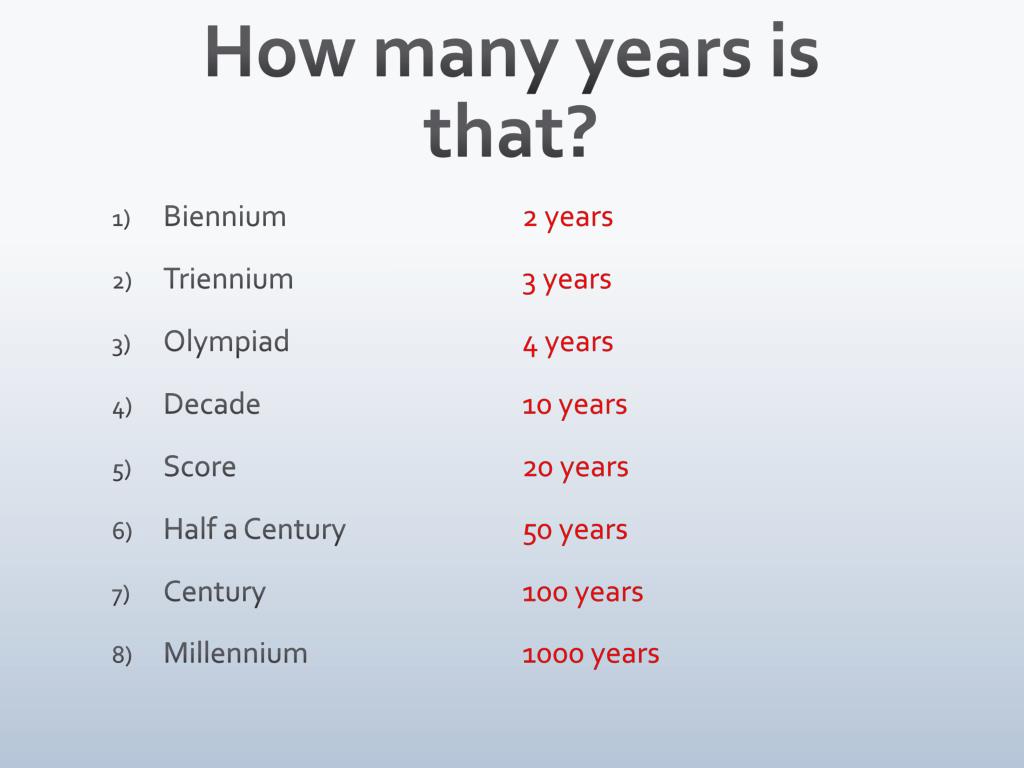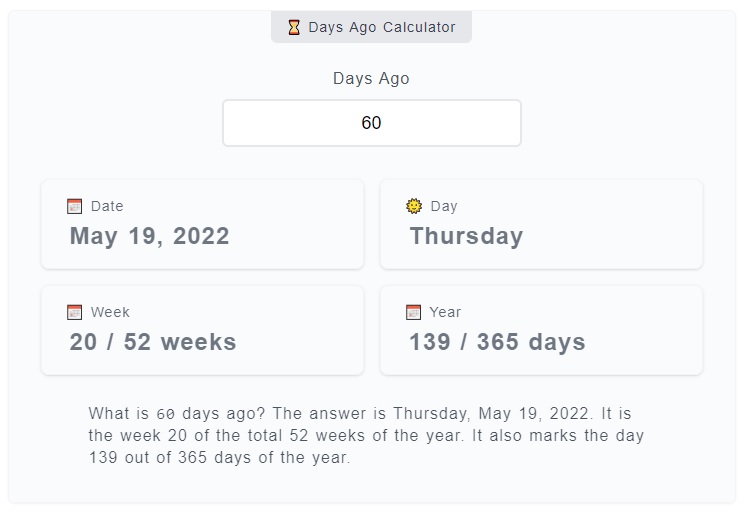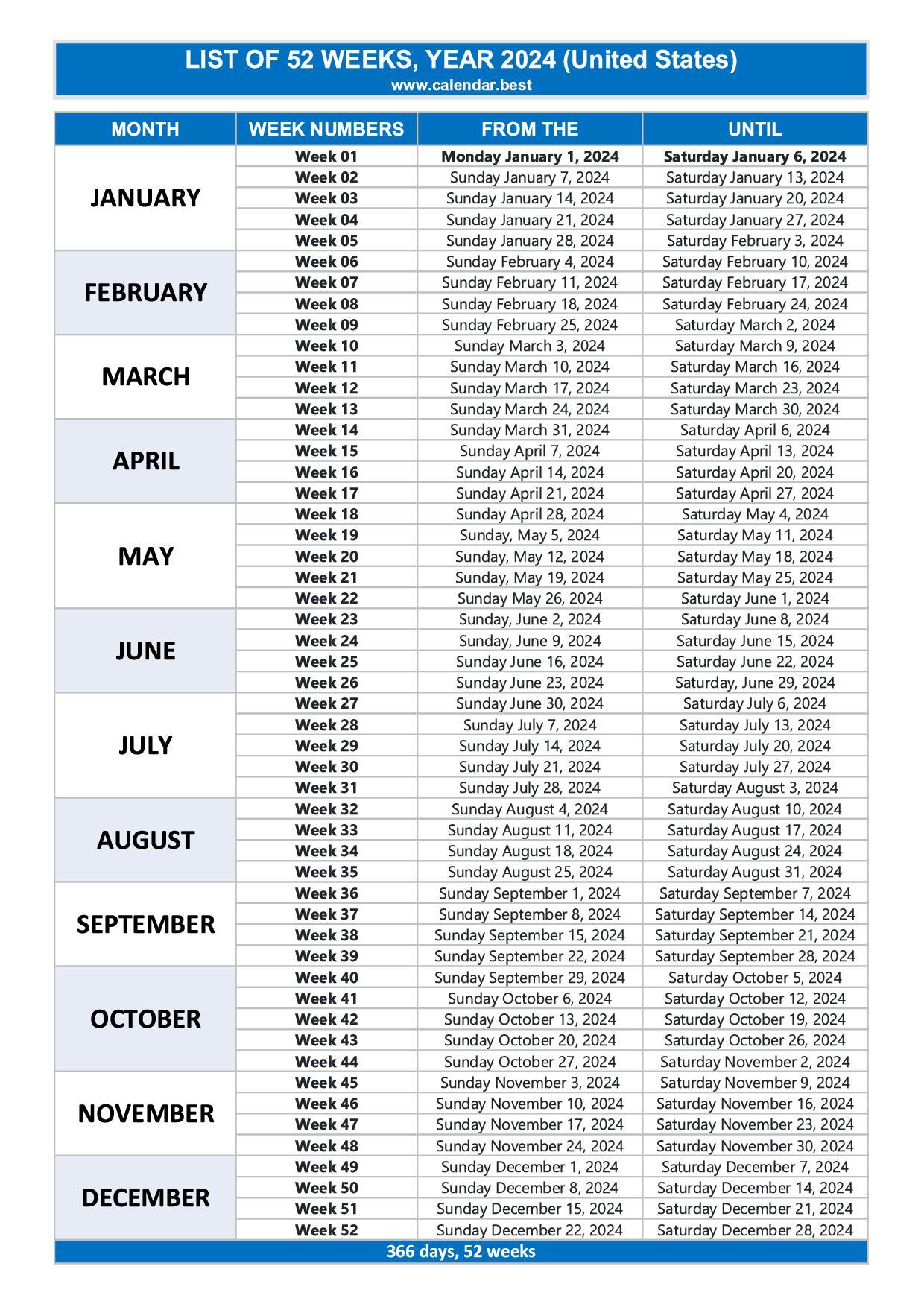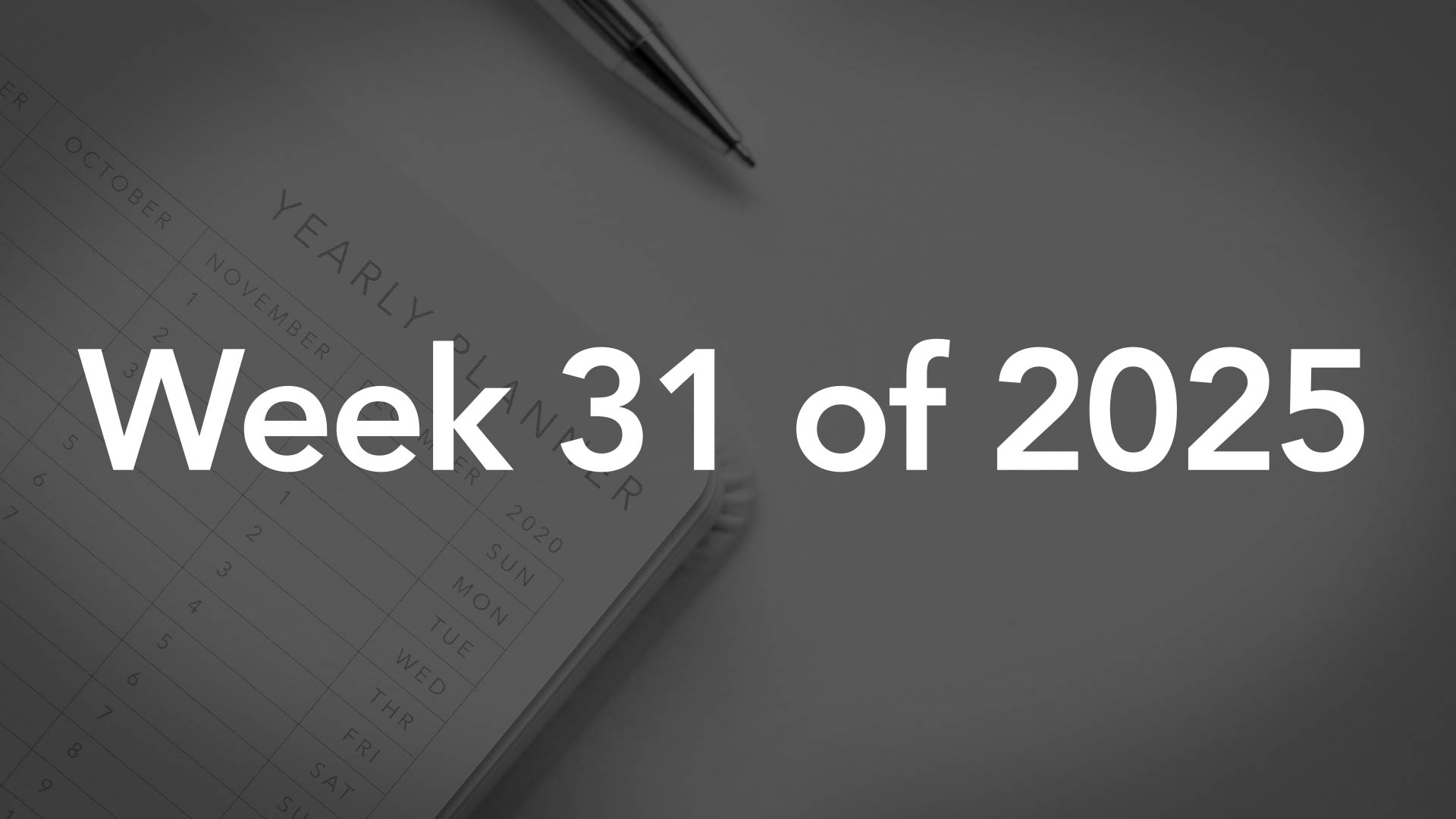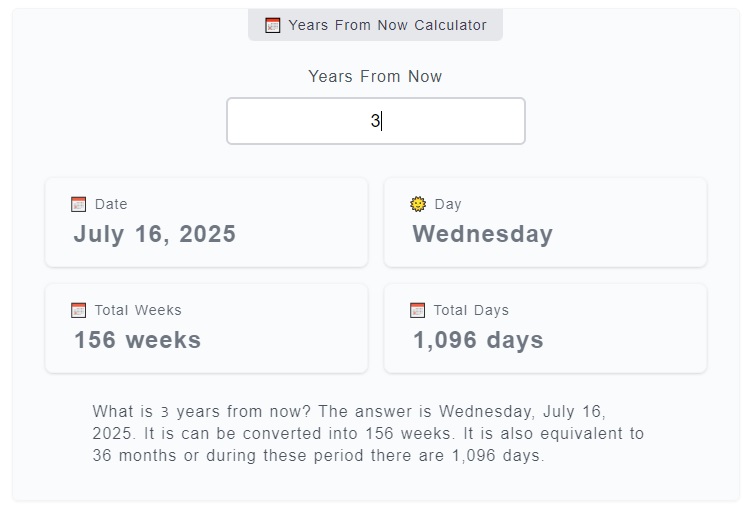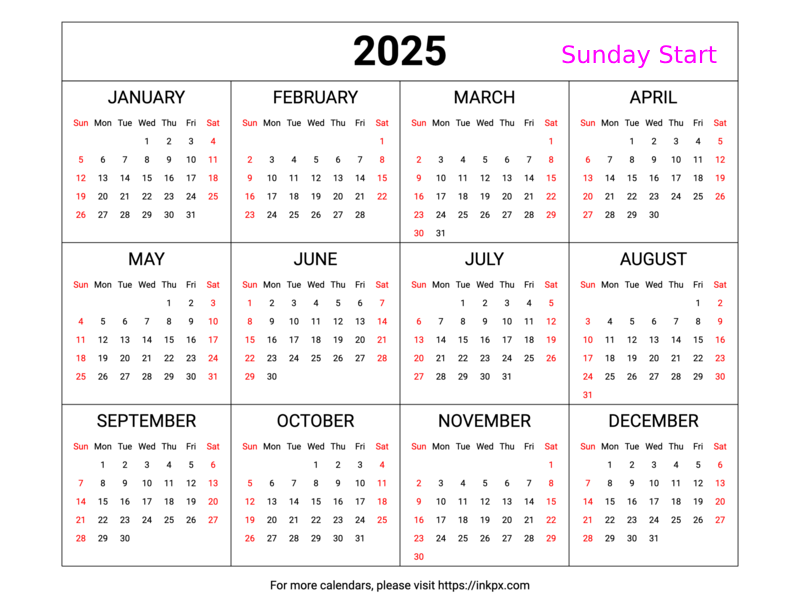How Long Ago Was January 27 2025
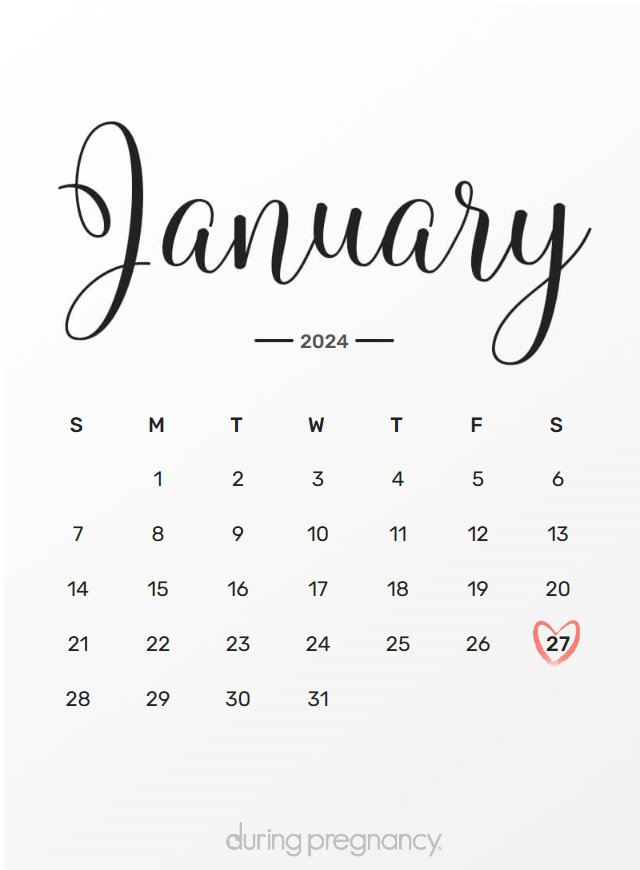
Time, an ever-flowing river, often blurs the distinction between yesterday and epochs past. While the calendar marks each passing day with precision, our perception of time is deeply subjective, influenced by experiences, emotions, and the relentless march of events.
In a world grappling with constant change, the simple question – "How long ago was January 27, 2025?" – gains significance. It serves as a concrete anchor amidst the swirling currents of present-day anxieties and future uncertainties.
To be exact, as of today, October 26, 2024, January 27, 2025, is approximately 3 months away. That being said, this seemingly straightforward query underscores our human need to contextualize the present relative to the recent past and the imminent future, forcing us to reflect on the events that have shaped our current reality.
The Calculation: Bridging Present and Future
Determining the temporal distance to January 27, 2025, involves a straightforward, though precise, calculation. To arrive at an accurate understanding of its temporal position, we must take into account the varying number of days in each month and any leap years that may exist between the reference date and the target date.
While simple addition might suffice for nearby dates, a more sophisticated understanding is required when considering longer durations. This calculation requires accounting for the precise date and time, and considering any potential time zone differences that might affect the final result.
However, as we stand on October 26, 2024, January 27, 2025, is undeniably within our immediate future, and the computation becomes significantly less complex.
Beyond Mere Numbers: The Perception of Time
While calculating the exact number of days, hours, and seconds until January 27, 2025, provides a factual answer, the perceived distance can vary greatly from person to person. Our subjective experience of time is influenced by a multitude of factors, including our age, emotional state, and the significance of events occurring around us.
For instance, someone anticipating a major life event, such as a wedding or the birth of a child, might perceive the coming months as passing agonizingly slowly. Conversely, an individual deeply engrossed in work or dealing with a crisis might feel that time is slipping away at an accelerated pace.
Consider the words of Albert Einstein, who famously explained relativity by saying, "When you are courting a nice girl an hour seems like a second. When you sit on a red-hot cinder a second seems like an hour." This illustrates the inherently subjective nature of time's passage.
Societal and Global Context
The significance of January 27, 2025, is also shaped by the prevailing social, political, and economic climate. Depending on global events and trends, that date might be viewed with optimism, trepidation, or simply as another day in the ongoing flow of history.
Consider the impact of major geopolitical events. The political landscape could shift dramatically between today and January 27, 2025, impacting international relations, economic stability, and social cohesion.
Similarly, technological advancements, environmental challenges, and cultural shifts could all contribute to shaping our collective perception of that day. The events in the coming months will undoubtedly influence the lens through which we view it.
January 27, 2025: A Blank Canvas
In many ways, January 27, 2025, remains a blank canvas, a day brimming with potential. While we can predict certain events and trends, the future is ultimately uncertain, shaped by the choices we make in the present.
The date’s true meaning will be constructed from the individual actions, collective decisions, and unexpected occurrences that unfold between now and then. It is a testament to the power of human agency in shaping our shared destiny.
Looking ahead, we can use the remaining time to prepare for the opportunities and challenges that lie ahead. By consciously engaging with the present and actively shaping our future, we can ensure that January 27, 2025, becomes a day of significance and progress.
Conclusion: Time as a Continuous Process
The question of how long ago January 27, 2025, was—or rather, how far into the future it is—is more than a simple exercise in arithmetic. It serves as a poignant reminder of the continuous flow of time and the interconnectedness of past, present, and future.
It urges us to reflect on our individual and collective journeys, to consider the impact of our actions on the world around us, and to embrace the inherent uncertainty of the future with both curiosity and determination.
Ultimately, time is not merely a measurement but a continuous process of becoming. The time until January 27, 2025 is an opportunity to shape the future and to make a positive impact on the world.
